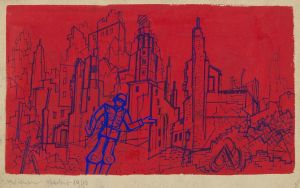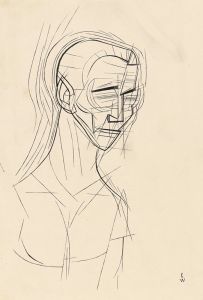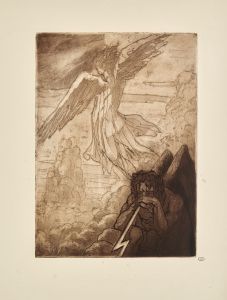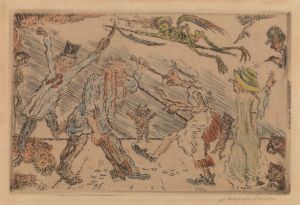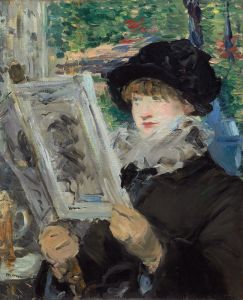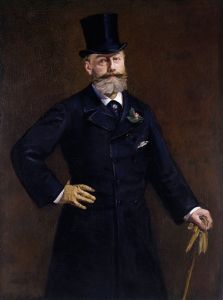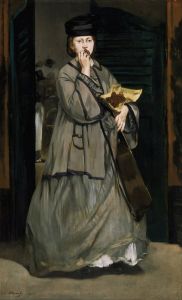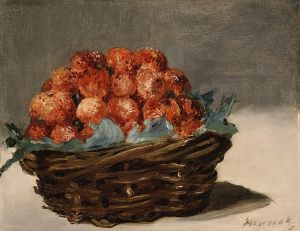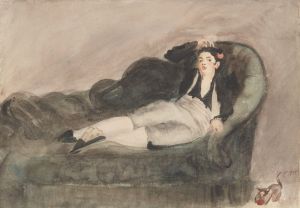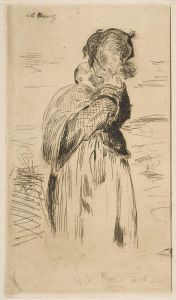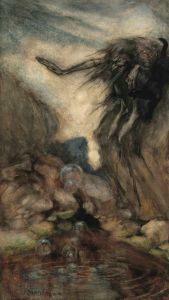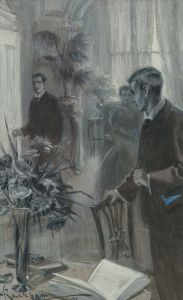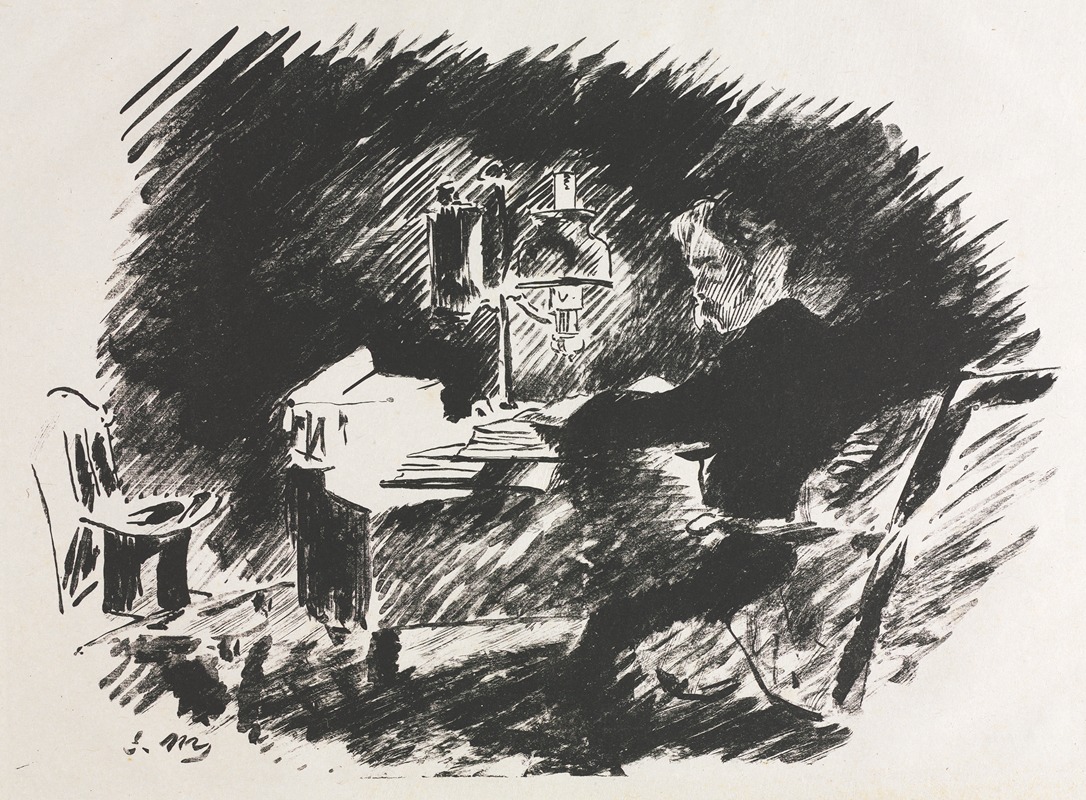
Illustration for The Raven by Edgar Allan Poe
A hand-painted replica of Édouard Manet’s masterpiece Illustration for The Raven by Edgar Allan Poe, meticulously crafted by professional artists to capture the true essence of the original. Each piece is created with museum-quality canvas and rare mineral pigments, carefully painted by experienced artists with delicate brushstrokes and rich, layered colors to perfectly recreate the texture of the original artwork. Unlike machine-printed reproductions, this hand-painted version brings the painting to life, infused with the artist’s emotions and skill in every stroke. Whether for personal collection or home decoration, it instantly elevates the artistic atmosphere of any space.
Édouard Manet, a pivotal figure in the transition from Realism to Impressionism, created a series of illustrations for Edgar Allan Poe's famous poem "The Raven" in 1875. This collaboration was part of a larger project initiated by the French poet Stéphane Mallarmé, who translated Poe's work into French. Mallarmé was an ardent admirer of Poe and sought to bring his work to a French audience, believing that Poe's themes and style resonated deeply with the Symbolist movement in France.
Manet's involvement in the project was significant, as he was one of the leading artists of his time, known for his innovative approach to painting and his role in the development of modern art. His illustrations for "The Raven" were created using lithography, a printmaking technique that allowed for the reproduction of images. This method was particularly suitable for book illustrations, as it enabled the artist to produce detailed and expressive images that could accompany the text.
The collaboration between Mallarmé and Manet resulted in a limited edition publication titled "Le Corbeau," which included Mallarmé's translation of Poe's poem and Manet's illustrations. The book was published in 1875 and is considered a fine example of the synergy between literature and visual art during this period. Manet's illustrations are characterized by their stark contrasts and dramatic use of light and shadow, which effectively capture the eerie and melancholic atmosphere of Poe's poem.
Manet's approach to illustrating "The Raven" was somewhat unconventional. Rather than creating literal depictions of the poem's narrative, he focused on evoking the mood and themes of the text. His illustrations are noted for their simplicity and elegance, often featuring minimalistic compositions that emphasize the emotional intensity of the poem. This approach aligns with the Symbolist movement's emphasis on suggestion and evocation rather than direct representation.
The collaboration between Manet and Mallarmé was well-received by their contemporaries and is considered an important example of cross-disciplinary collaboration in the arts. It highlights the influence of Edgar Allan Poe on French literature and art, as well as the broader cultural exchange between France and the United States during the 19th century.
Today, Manet's illustrations for "The Raven" are appreciated not only for their artistic merit but also for their historical significance. They represent a moment in art history when boundaries between different art forms were being explored and expanded. The project stands as a testament to the enduring impact of Poe's work and the creative possibilities that arise when artists from different disciplines come together to interpret and celebrate literature.





